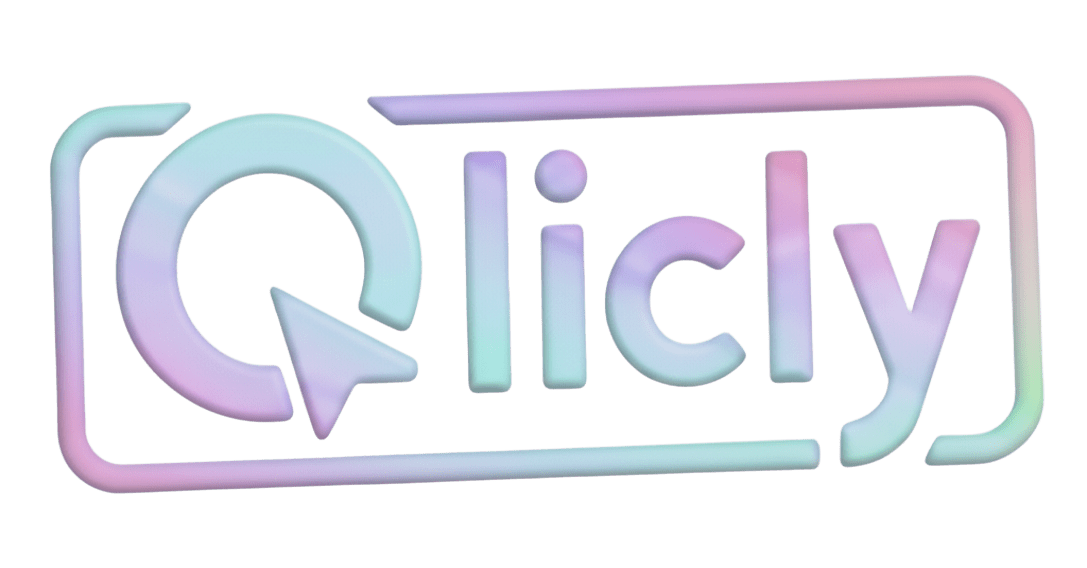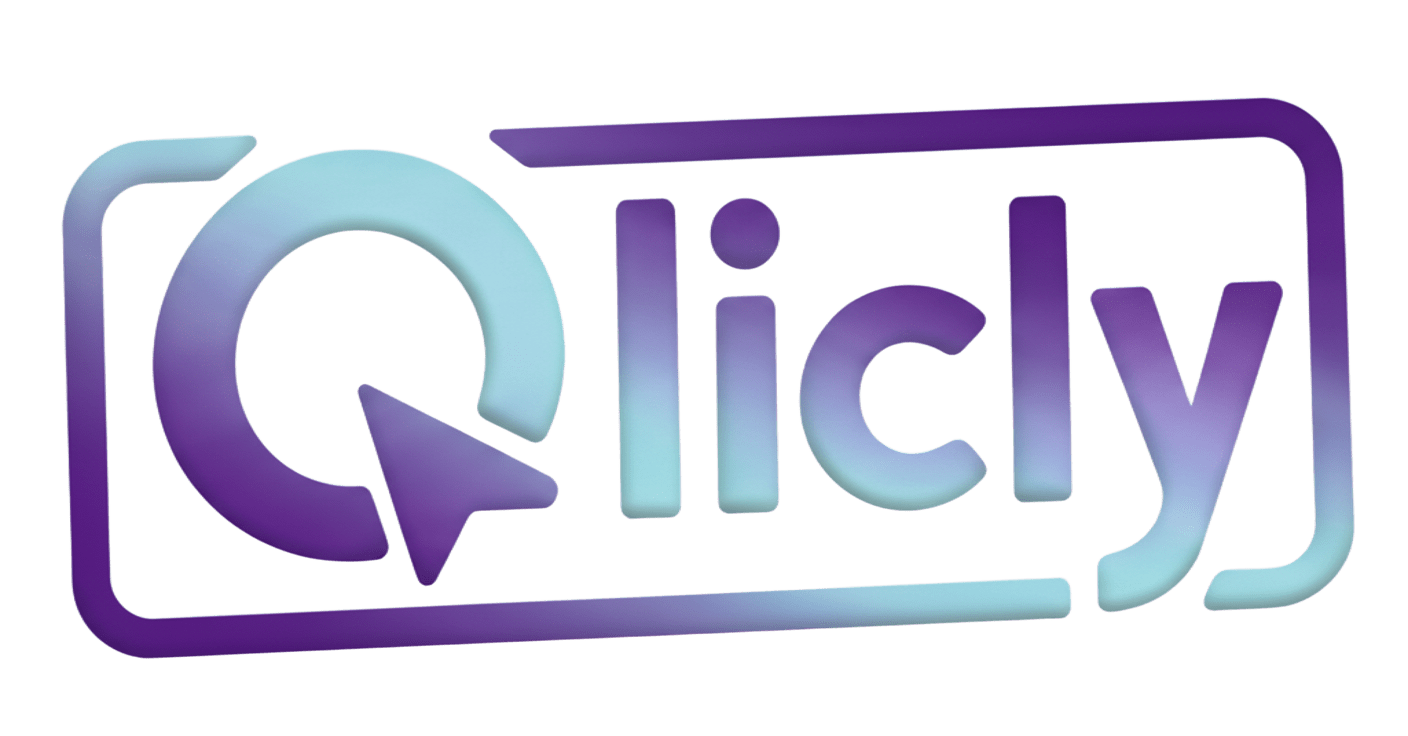
Short links have evolved from a convenience into a growth lever. In 2025, the brands winning the click are doing three things consistently: using branded short domains to earn trust and lift CTR, deploying QR codes as a bridge from the physical world to digital journeys, and practicing strict UTM hygiene so every click is attributed in GA4. This playbook shows you how to put all three to work—using examples with qlic.ly—and why they matter now more than ever.
Why this matters in 2025
- Click-throughs rise with branding: Controlled experiments show branded short links can outperform generic short links, with measured lifts in CTR (e.g., tests reporting up to 39% higher CTR; independent platform analyses have also shown up to 34% gains). [1][2]
- Link rot is real: A 2024 analysis found widespread “digital decay,” with 23% of news pages and 21% of U.S. government pages containing at least one broken link. Updating destinations behind short links and dynamic QR codes mitigates this risk. [3]
- UTMs still rule attribution: In GA4, missing UTM parameters often push sessions into (direct)/(none), obscuring campaign performance. Google’s own documentation is explicit: if links lack UTMs, traffic source information is lost. [4][5]
- QR codes are mainstream: Platform data and industry surveys show QR use rising across retail, packaging, events, and OOH; many businesses now expect QR initiatives to drive revenue growth. [6][7][8]
- Platforms are changing linking behavior: Threads added multiple links in bio in 2025, shifting how creators and brands route traffic. [9]
In short: branded links win trust and clicks, QR bridges bring the scan, and UTMs keep the truth intact.
Part 1 — Branded Short Domains: Earn the Click
What is a branded short link?
A branded short link uses your own domain (e.g., qlic.ly/summer-offer) rather than a generic domain. This simple change increases recognizability and confidence at a glance, which is why branded links tend to be clicked more often in controlled tests. [1][2]
Evidence to know
- Support articles and experiments from link-management providers report branded links can deliver up to 39% higher CTR than generic short links. [1]
- An earlier platform analysis documented up to 34% CTR increases from branded short domains across tested verticals. [2]
Messaging patterns that lift CTR
- Match intent in the slug: qlic.ly/pricing, qlic.ly/demo, qlic.ly/new-plan. A descriptive slug acts like micro-copy that reduces uncertainty and earns clicks.
- Keep it pronounceable: Slugs like qlic.ly/winter-sale are easier to say on podcasts, radio, or at events than random strings.
- Localize when it helps: For regional offers, qlic.ly/mtl-offer or qlic.ly/uk-pricing can increase perceived relevance.
Practical examples
- Social post (product launch)
Long URL: https://example.com/products/widget?variant=pro&ref=launch
Branded short link: qlic.ly/widget-pro - Email CTA (upgrade plan)
Long URL with UTM: https://example.com/upgrade?plan=pro&utm_source=email&utm_medium=customer&utm_campaign=q3-upsell
Branded short link: qlic.ly/q3-upsell - OOH/print (poster)
Branded short link + QR: qlic.ly/event-pass (printed under the code)
If you’re new to branded links, begin with your top three traffic drivers and A/B test one variable: generic vs. branded. Keep the creative, placement, and audience the same to isolate the impact.
Part 2 — QR Codes: Bring the Scan
Why QR codes are a growth lever now
QR codes let you capture intent when it’s highest—at the shelf, on the package, at the venue. Platform data and surveys indicate that businesses increasingly expect QR programs to impact revenue, and industry reports have documented significant growth in scans since 2021. [6][7][8]
How to wire QR for conversions
- Use dynamic QR codes: Change the destination without reprinting. This is invaluable for correcting dead links, seasonal offers, or rotating creatives. (It also combats “digital decay.”) [3][6]
- Pair with branded links: Show the branded short link under the QR: qlic.ly/scan-offer. This acts as a trust signal and fallback for people who prefer to type.
- UTM every scan: Treat QR like a channel. Example destination: https://example.com/offer?utm_source=qr&utm_medium=print&utm_campaign=summer-2025 → shortened to qlic.ly/summer-qr.
- Contextualize the code: Add micro-copy like “Scan to claim 20% off—expires Sunday.” Place the code at arm’s length and test for glare.
Where QR shines
- Retail packaging: Recipes, how-to videos, recall notices.
- Events/venues: Session handouts, speaker slides, “add to calendar.”
- OOH: Bus shelters, billboards near crosswalks, transit hubs.
Security note: QR codes can be abused by phishers—especially in SMS and posters. Teach audiences to look for branded domains and avoid codes that obscure the destination. [10][11][12]
Part 3 — UTM Hygiene: Keep the Truth Intact
Why UTMs are non-negotiable
In GA4, sessions without identifiable source data are bucketed as (direct)/(none). Google’s documentation plainly says that when links lack UTM parameters—or your site isn’t integrated properly—traffic source information is lost. That means budget decisions are made on incomplete data. [4][5]
The canonical UTM template (GA4)
utm_source= "platform or partner" (e.g., twitter, newsletter, partnerA) utm_medium= "channel type" (e.g., social, email, cpc, qr, affiliate) utm_campaign= "initiative name" (e.g., launch_q3_2025, summer_sale) utm_content= "creative or placement" (e.g., blue_cta, top_banner, reel_15s) utm_term= "paid keyword" (use for search ads only) Apply it everywhere
- Social organic: https://example.com/demo?utm_source=instagram&utm_medium=social&utm_campaign=demo_2025 → qlic.ly/ig-demo
- Email: https://example.com/pricing?utm_source=email&utm_medium=customer&utm_campaign=q3-upsell&utm_content=cta-button → qlic.ly/upsell-cta
- QR/print: https://example.com/offer?utm_source=qr&utm_medium=print&utm_campaign=fall-festival → qlic.ly/fall-qr
Five common attribution leaks (and fixes)
- Links without UTMs in emails, PDFs, or partner decks. Fix: enforce a link policy and use a URL builder. [4]
- HTTP→HTTPS or redirect chains that strip referrers. Fix: standardize on HTTPS and minimize hops.
- Dark social (DMs, SMS) driving “direct.” Fix: always share UTM-tagged, shortened URLs.
- Mis-tagged paid (e.g., medium=social vs. cpc). Fix: audit against a taxonomy sheet monthly.
- Unlabeled QR scans. Fix: use utm_source=qr, utm_medium=print, and meaningful campaigns.
Part 4 — Security & Trust: Don’t Let Short Links Backfire
Short links condense long URLs, but they can also obscure destinations—one reason attackers use them. Studies and security reports show URL-based threats outpacing attachments, and QR phishing rising rapidly. [10][11] The solution is a trust stack built into your linking practice:
- Use a branded domain: qlic.ly signals provenance and reduces suspicion. [1][2]
- Enable link previews/expansion: Where possible, allow users or scanners to preview the destination.
- Scan links for malware/phishing: Many platforms incorporate threat intelligence and blocklists. [13]
- Monitor redirects: Keep chains short and destinations consistent with the promise in the slug.
- Rotate keys and audit roles: Protect your short-link admin access like a production system.
Part 5 — Your 30-Day Implementation Plan
Week 1: Foundation
- Claim your branded domain (e.g., qlic.ly) and connect it in your link manager.
- Create your UTM taxonomy (a shared sheet). Lock naming for utm_source and utm_medium.
- Install a URL builder workflow for your team. Google’s GA4 help shows the parameter model. [4]
Week 2: Pilot
- A/B test branded vs. generic short links on one channel (e.g., Twitter Ads). Change nothing else.
- Spin up one QR use case (e.g., event signage pointing to qlic.ly/event-pass with utm_source=qr).
Week 3: Scale
- Roll branded links across email, social, and partner placements.
- Add UTMs to non-web assets (PDFs, decks) and always short-link them before sharing.
Week 4: Optimize
- Read GA4 reports for shifts out of (direct)/(none). [5]
- Prune link rot: update destinations behind evergreen short links as offers or pages change. [3]
- Harden security: review who can create links, enforce strong slugs, and log changes. [10][11][13]
Part 6 — Playbook Patterns (Copy & Adapt)
1) Social launch pattern
Link: qlic.ly/launch-demo
Destination (tagged): https://example.com/demo?utm_source=twitter&utm_medium=social&utm_campaign=launch_q4_2025&utm_content=video_reel
Post copy: “See what’s new in 90 seconds → qlic.ly/launch-demo”
2) Email nurture pattern
Link: qlic.ly/compare-plans
Destination (tagged): https://example.com/pricing/compare?utm_source=email&utm_medium=customer&utm_campaign=nurture_q4&utm_content=button_primary
3) Event QR pattern
Link under code: qlic.ly/event-pass
Destination (tagged): https://example.com/event-pass?utm_source=qr&utm_medium=print&utm_campaign=expo-2025
4) Partner co-marketing pattern
Co-branded link: qlic.ly/partner-offer
Destination (tagged): https://example.com/partner-offer?utm_source=partnerA&utm_medium=referral&utm_campaign=partner-bundle
FAQs
Do short links hurt SEO?
Properly implemented redirects are a standard part of the web. Focus on minimizing redirect chains, keeping destinations stable, and ensuring your site returns the right status codes. For campaigns, the SEO question matters less than attribution quality—that’s where UTMs and clean routing shine. [4][5]
What about third-party cookies?
Google halted its plan to deprecate third-party cookies in Chrome and pivoted to a user-choice model. Regardless, reliance on third-party identifiers continues to shrink across platforms. First-party measurement via UTMs and analytics remains essential. [14][15][16]
Are QR codes safe?
They can be—when you pair branded domains, clear context, and link-scanning protections. Train teams to avoid ambiguous slugs and watch for QR phishing spikes. [10][11][12]
How Qlicly helps
- Branded domains: Use your domain (e.g., qlic.ly) to build trust and lift CTR.
- Dynamic destination updates: Fix link rot without breaking campaigns.
- QR + short links: Generate on-brand codes with clean, readable slugs.
- UTM builder & analytics: Standardize tagging and see what truly works.
Explore more linking strategies on the Qlicly Blog or start at qlicly.com.
Summary & Next Steps
Branded short links win trust and clicks, QR codes bring high-intent traffic from the physical world, and UTM hygiene keeps your reporting honest. In 30 days, you can put all three to work. Start with one A/B test on a single channel, wire UTMs into every share, and print your next QR with the branded link underneath—like qlic.ly/summer-qr. Then watch (direct)/(none) shrink and your CTR climb.
References
- Rebrandly Support. (2024). Generic Short URLs vs Branded Links: Which Has Better CTR? Article.
- Bitly. (2015). Branded Short Domains Case Study. “Up to a 34% increase in CTR.” PDF.
- Pew Research Center. (2024, May 17). When Online Content Disappears. Report.
- Google Analytics Help. (n.d.). URL builders: Collect campaign data with custom URLs. Help Doc.
- Google Analytics Help. (n.d.). Understand (direct)/(none) traffic. Help Doc.
- Bitly. (2023). QR Code Trends Report. PDF | Press.
- PR Newswire. (2025, Mar 6). 62% of Businesses Expect QR-Driven Revenue Growth, Uniqode Report Finds. Press Release.
- qrcode.co.uk. (2024). QR Code Statistics 2024: Trends & Use Cases. Article.
- The Verge. (2025, May 15). Threads follows Instagram with more links in bio. Article.
- ITPro. (2025, Aug). Malicious URLs overtake email attachments as the biggest malware threat. Article.
- KnowBe4. (2024). Phishing Attack Landscape & Benchmarking. PDF.
- Kaspersky. (n.d.). Privacy and security threats of short links. Article.
- Wired. (2009). Bit.ly partners with security firms to block spam/scams. Article.
- Reuters. (2025, Apr 22). Google opts out of standalone prompt for third-party cookies. Article.
- The Verge. (2025, May). Google is scrapping its planned changes for third-party cookies in Chrome. Article.
- Financial Times. (2024/2025). Google abandons plan to remove cookies from Chrome. Article.
- Bitly Blog. (2025). The Psychology of Short Links. Blog Post.
- Rebrandly. (n.d.). Case Studies Index. Index.
- TinyURL Blog. (n.d.). How to make a link shorter and easier to trust. Blog Post.

